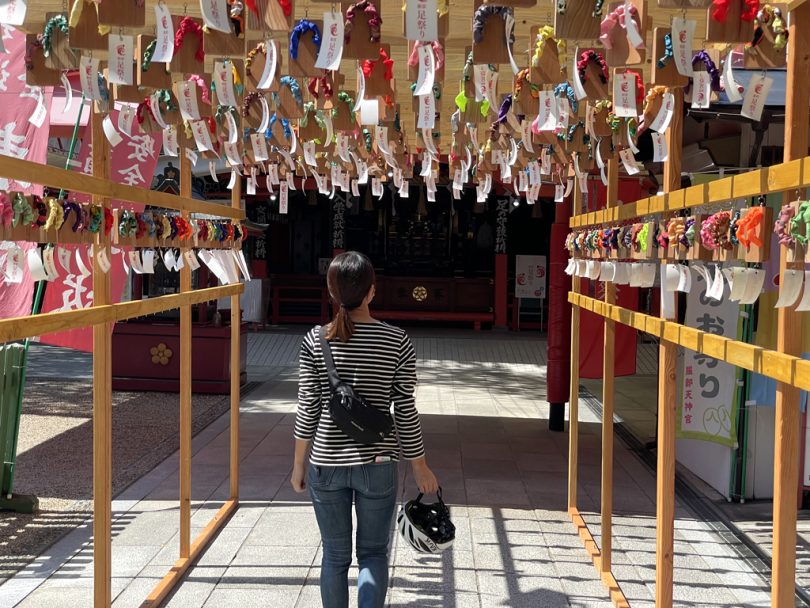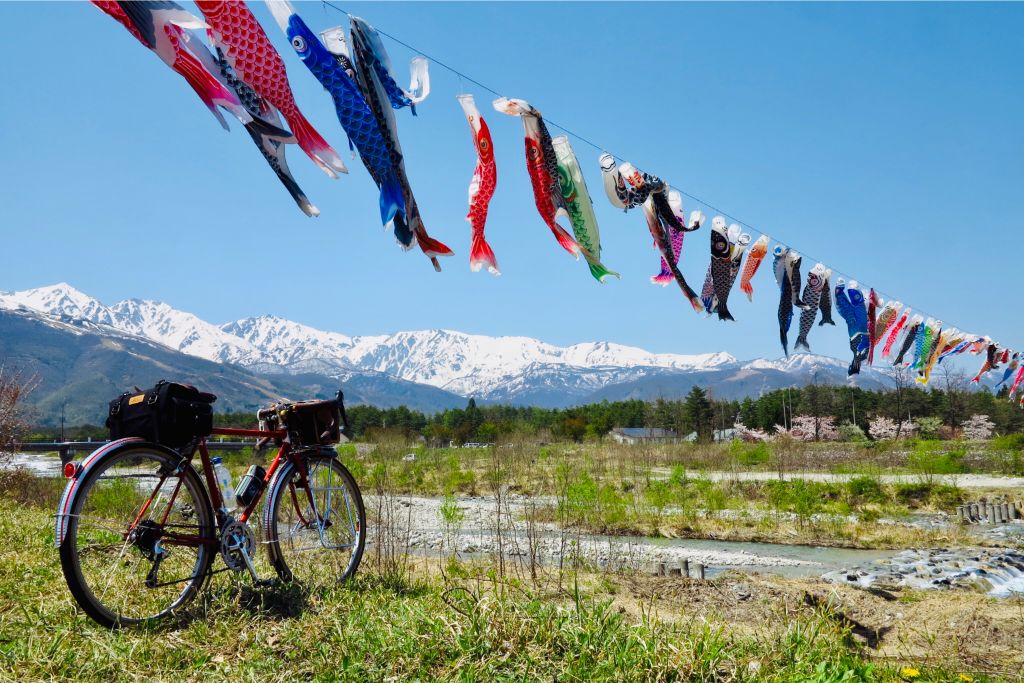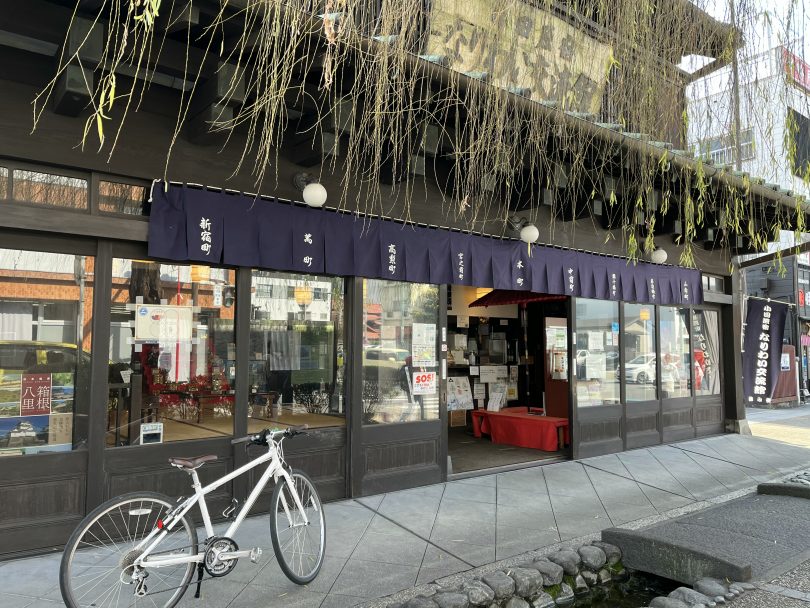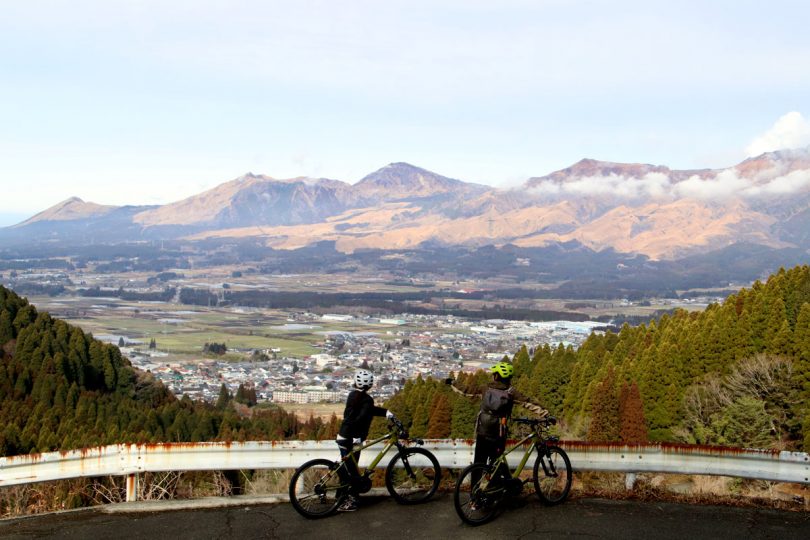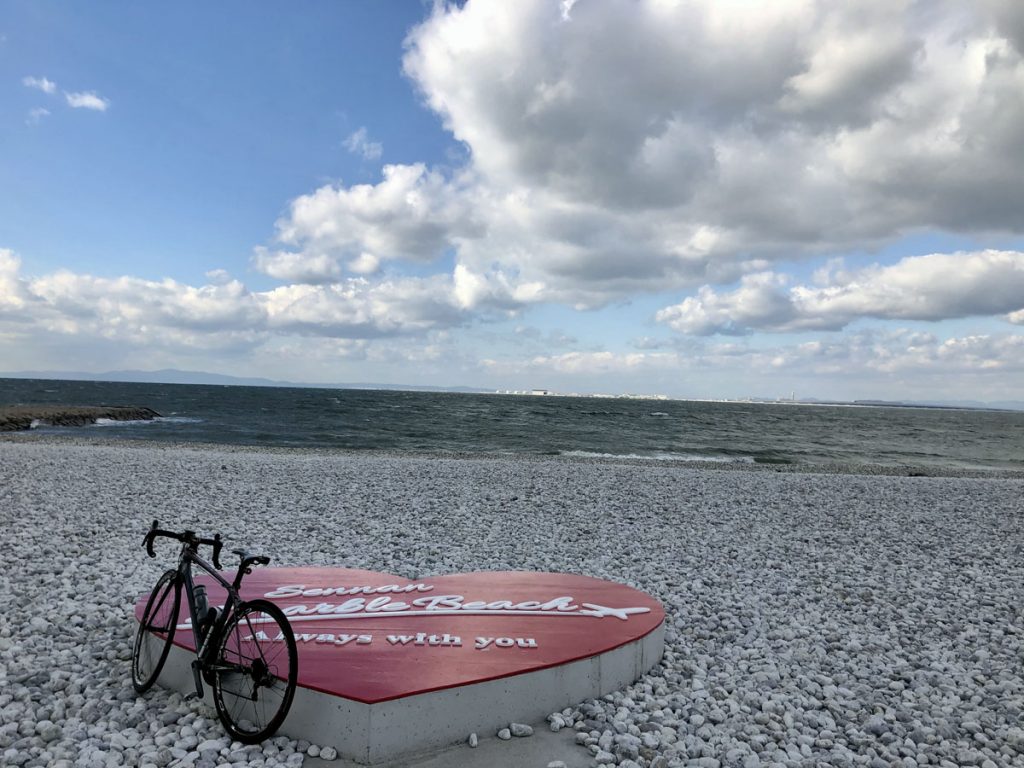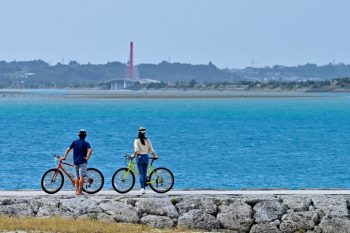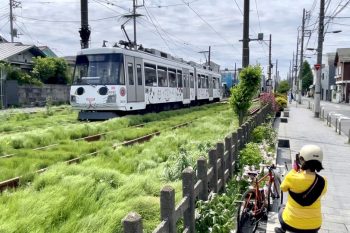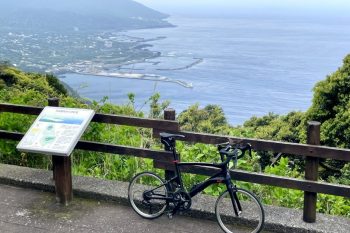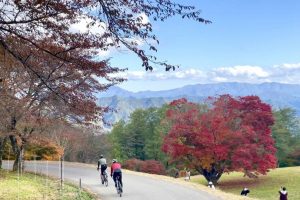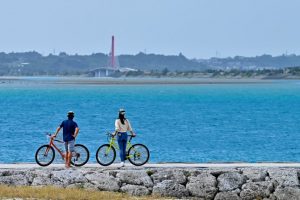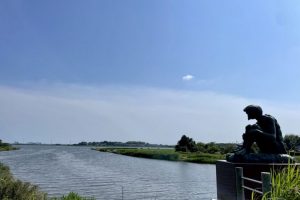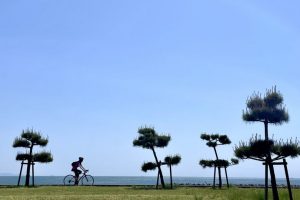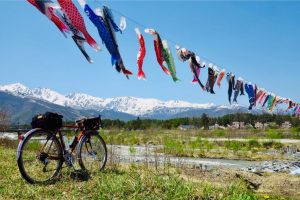Hattori Tenjingu Shrine in Toyonaka City, Osaka, has been known as the “God of Feet” for over 1200 years. We went to visit the shrine to hear about “feet,” which are also important for cyclists, while also cycling. We also toured the surrounding spots, which we will introduce here.
Contents
From Hattori Ryokuchi Park to Hattori Tenjin Station
Hattori Ryokuchi Park in Toyonaka City is known as one of the four major green spaces in Osaka (Hattori, Tsurumi, Kyuhoji, and Oizumi). Start cycling from the No. 2 parking lot on the south side of the park.
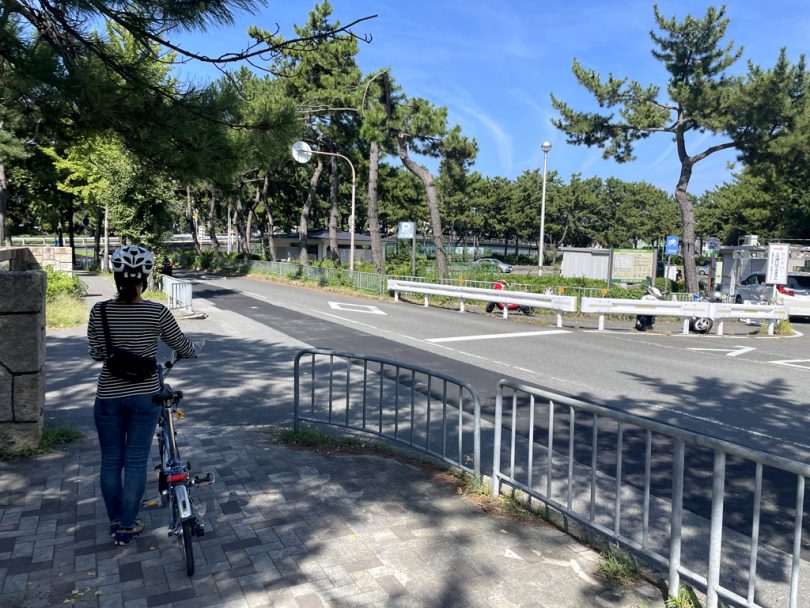
Ride about 1km south along Tenjiku River, then go west and cross Route 176 to reach “Hattori Tenjin Station” on Hankyu Railway Takarazuka Line.
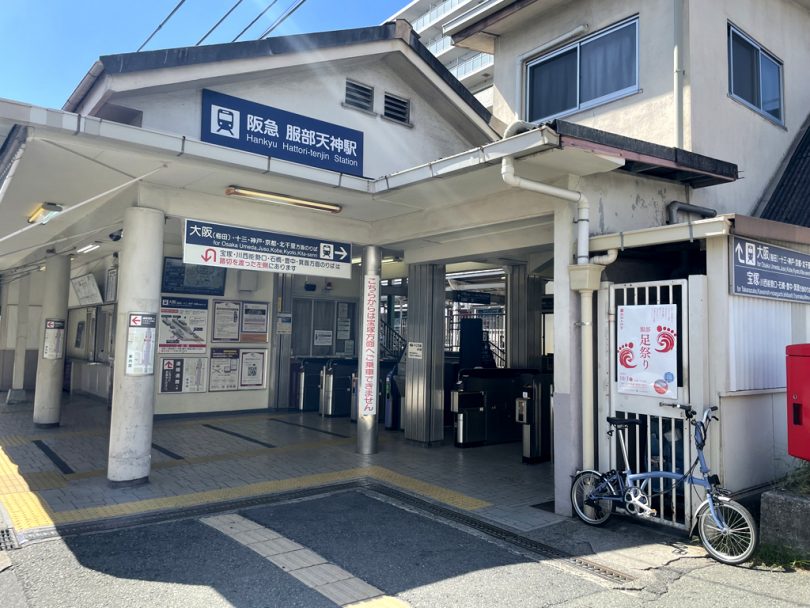
In the premises of Hattori Tenjin Station, one of the oldest Hankyu stations, there remains a camphor tree, which was once a sacred tree in the precincts of Hattori Tenjingu Shrine.
When the station first opened, it was named “Hattori Tenjin Station,” the same name as today, but it was renamed “Hattori Station,” and in 2013, it was renamed “Hattori Tenjin Station” again.
From Hattori Tenjin Station to Hattori Tenjingu Shrine is only about 100m, but it is accessible from Omotesando on National Route 176.

Hattori Tenjingu, the God of Feet
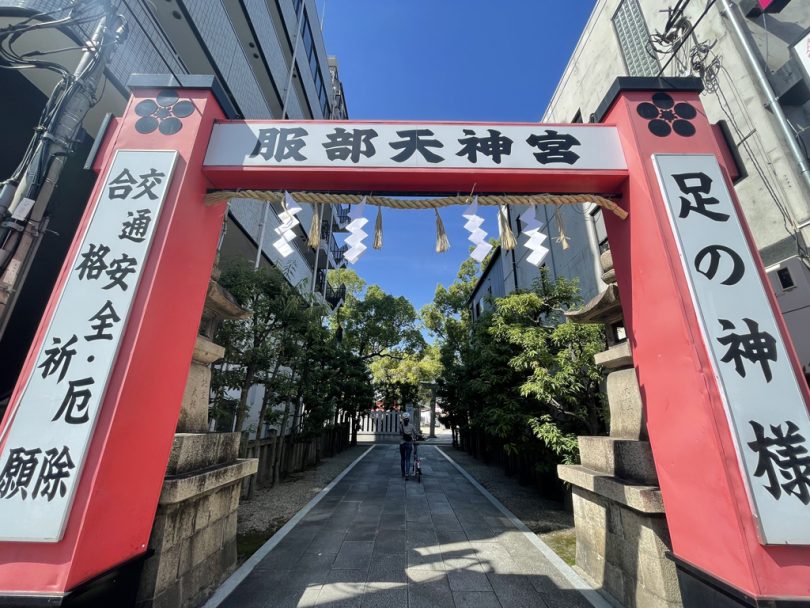
Once you enter the approach to the shrine from the busy national highway, the air changes at once. Walking along the short approach with a calm atmosphere, you will enter the precincts of the shrine.
Once you pass through the torii gate, you can park your bicycle on the bike rack in the precincts.
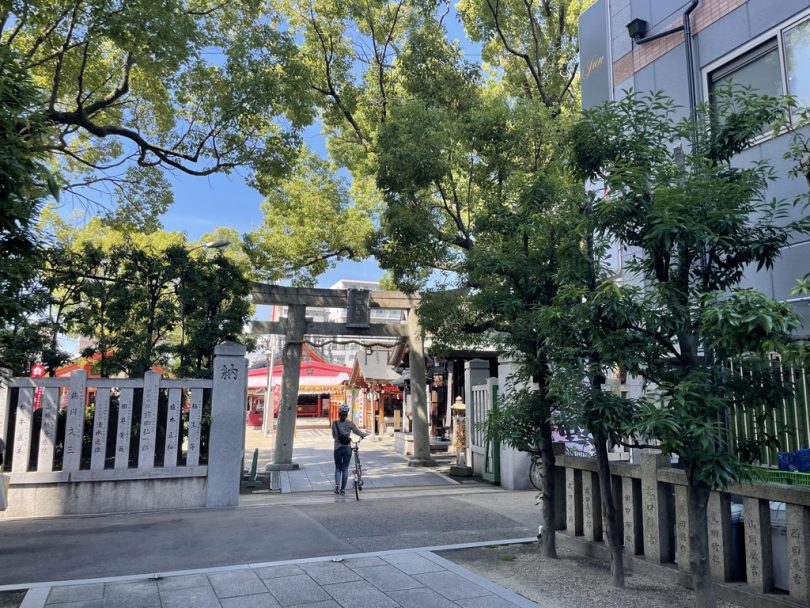
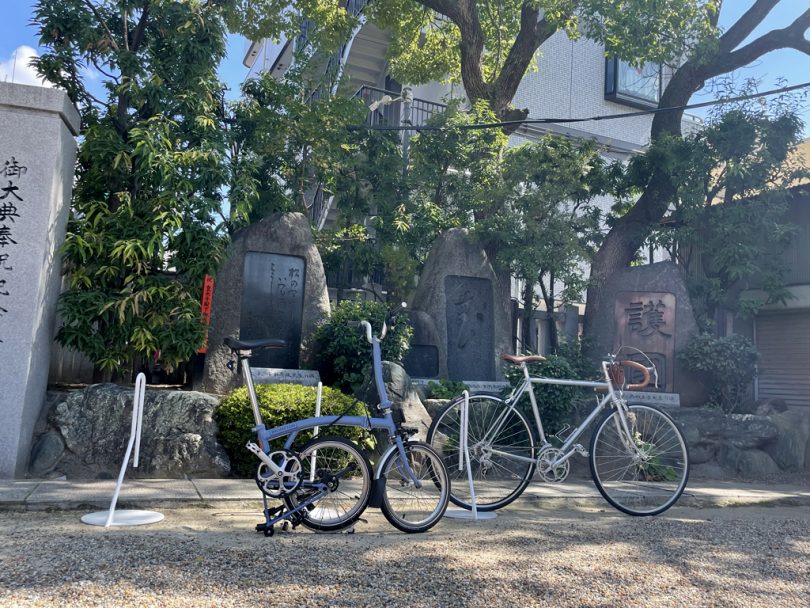
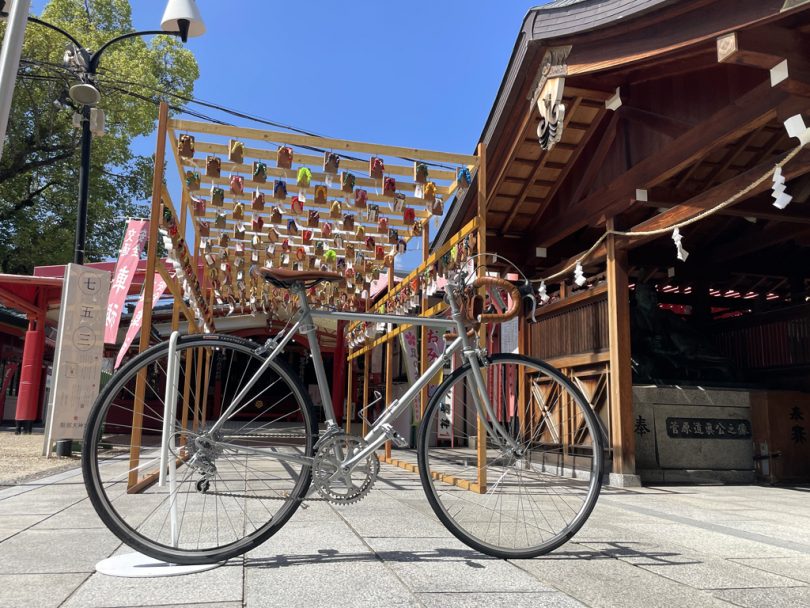
About Hattori Tenjingu Shrine
We interviewed Mr. Taishi Kato, a “Negi”, about Hattori Tenjingu Shrine.
*”Negi” is one of the job titles for priests.
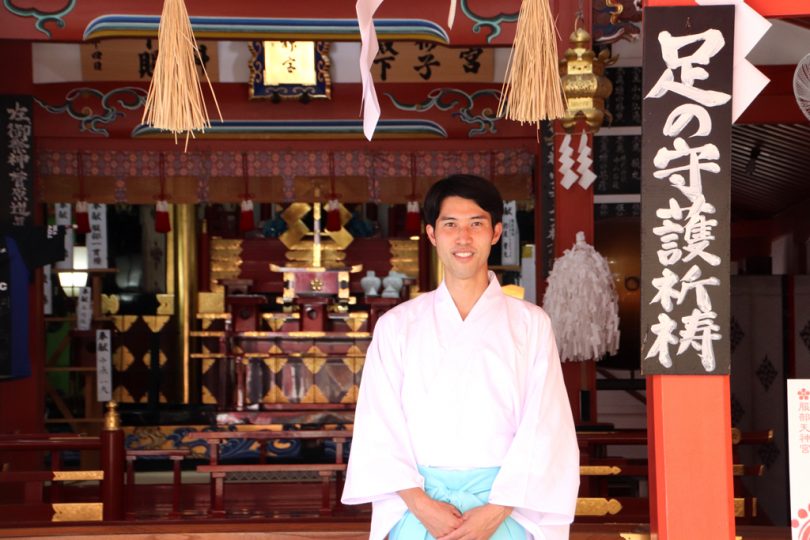
Hattori Tenjingu Shrine has been called “the god of feet” for more than 1,200 years.
This area used to be an intermediate point for transporting lumber and other goods along Nose Highway, and in the Edo period it also served as an inn town.
Many of the people who used to travel along Nose Highway stopped by the shrine. Many zori ( flip-flops) dedicated to the shrine during the Edo period still remain.
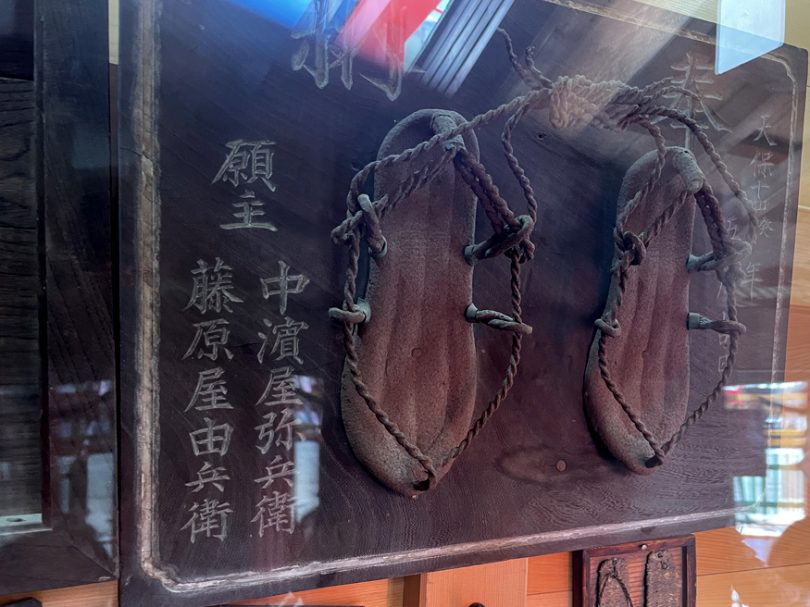
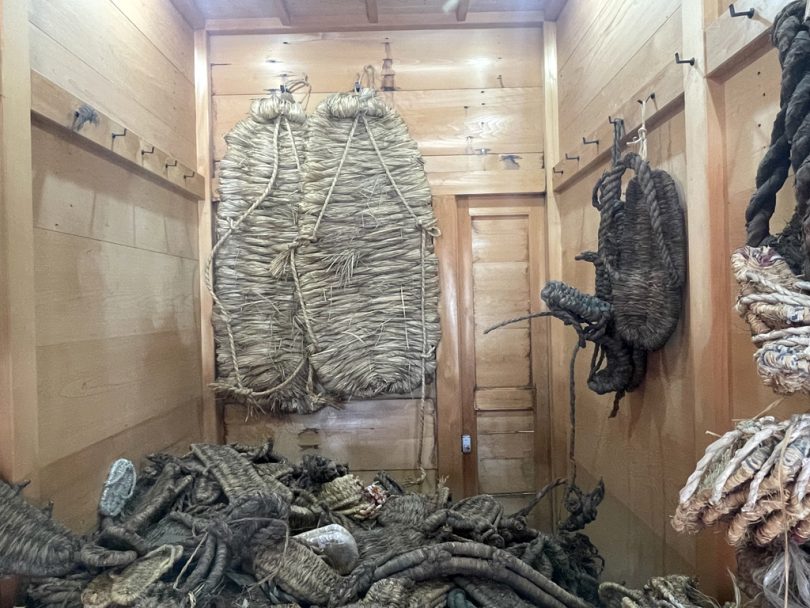
Later, the shrine became known as the “God of Feet,” and people with foot ailments came to visit the shrine to pray for recovery.
For this reason, the shrine is barrier-free so that even those with disabilities can visit without difficulty.
The statue of Sugawara Michizane in the precincts of the shrine changes color as many visitors pat their knees and feet.
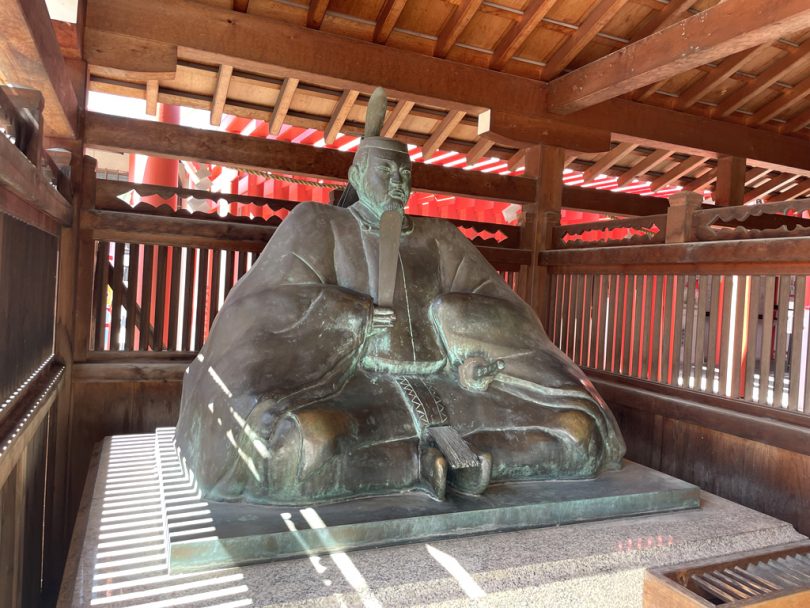

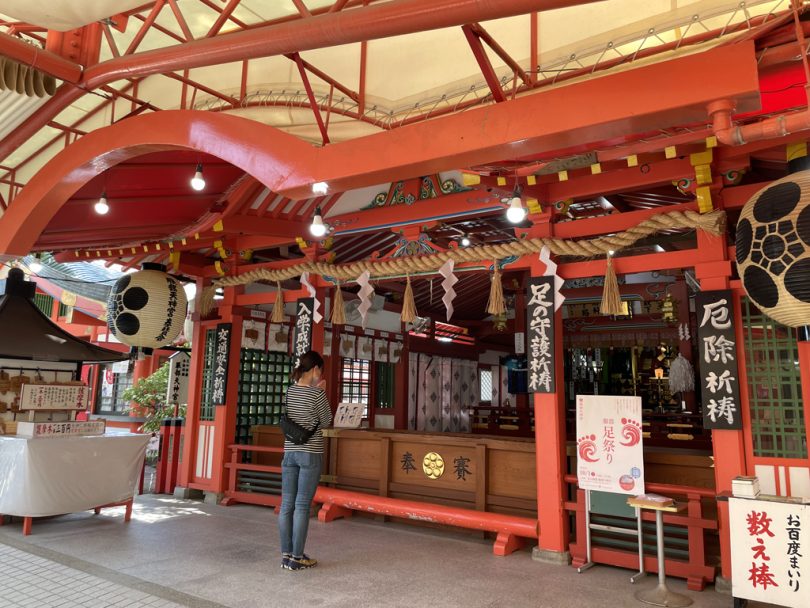
In recent years, with the development of sports, many people have come to the temple “so that they can walk well forever” and “so that runners can stay in good health”.
In addition to runners, many soccer players and cyclists also visit the shrine.
Many cyclists stop by on their way to “Katsuo-ji Temple” in Minoh area.
And at Hattori Tenjingu, they also offer prayers for cyclists. A special “vermilion” cycle rack is available for prayers.

”Foot Charm” at Hattori Tenjingu Shrine
There are more opportunities to give amulets to people than to buy them yourself. Therefore, it is better to have a well-designed amulet that you would not be embarrassed to receive.
With this in mind, the “Ashimamori” (Food charm) was created after careful consideration of amulets only for Hattori Tenjingu Shrine. It is a talisman that can be used by threading it through the laces of shoes, and they started it in August 2021.
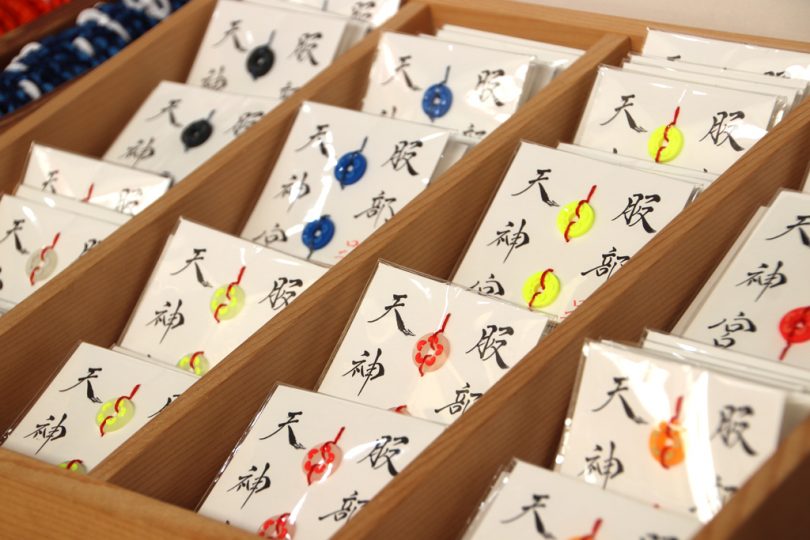
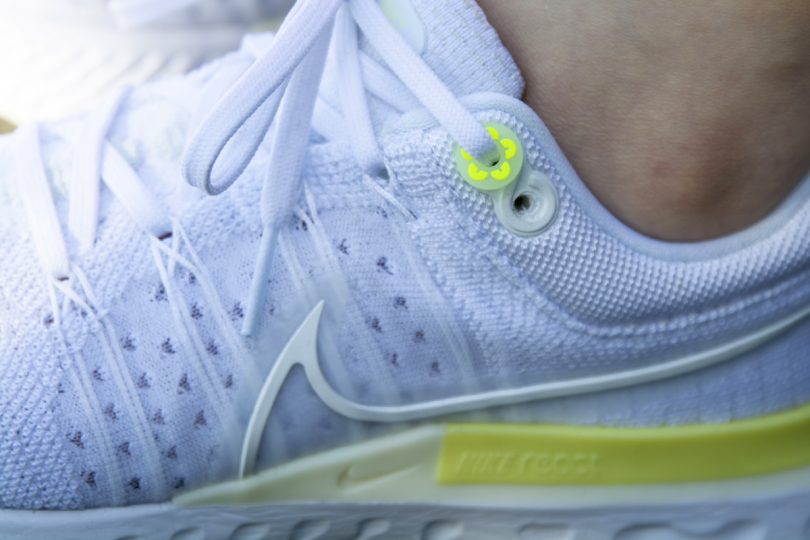
From Hattori Tenjingu Shrine to Itami Airport
After visiting Hattori Tenjingu Shrine, we will have lunch at “Udon-ya Yamazen” nearby.
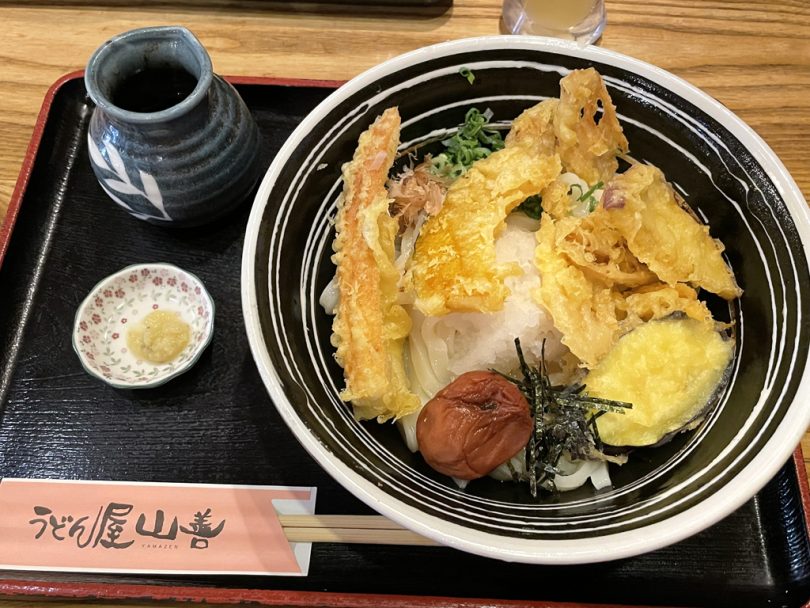
After lunch, we will head for “Senri River bank” about 3km away.


The bank of the Senri River, which borders the southern edge of Itami Airport (Osaka International Airport), is a powerful spot where you can see planes just before landing as they glide overhead.
Many people from all over Japan come to watch the planes land.

It is truly a spot where you can see the “legs” of an airplane up close.
You can see not only the landing scene but also the powerful takeoff scene.

Since there are few parking lots around the area, it is convenient to use bicycles or shared bicycles.
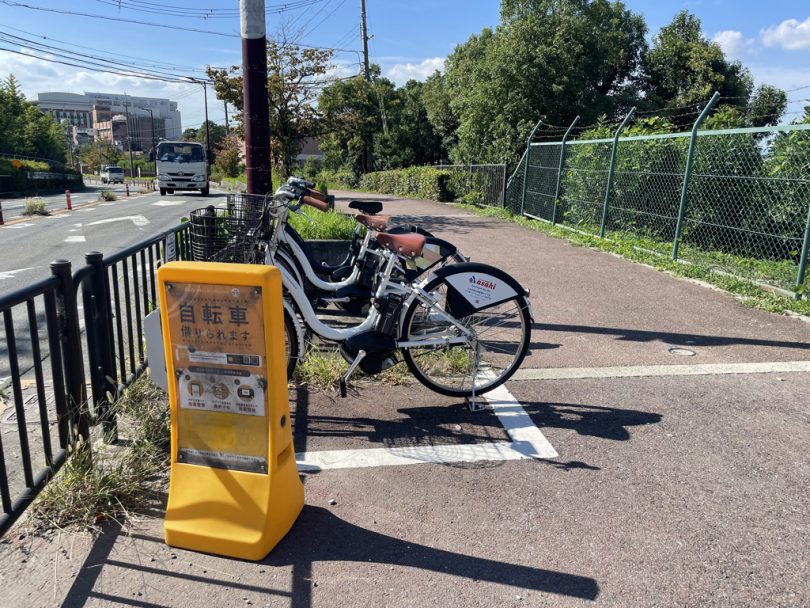
On the way back, ride about 3.3km east to Hattori Ryokuchi Park to finish cycling.
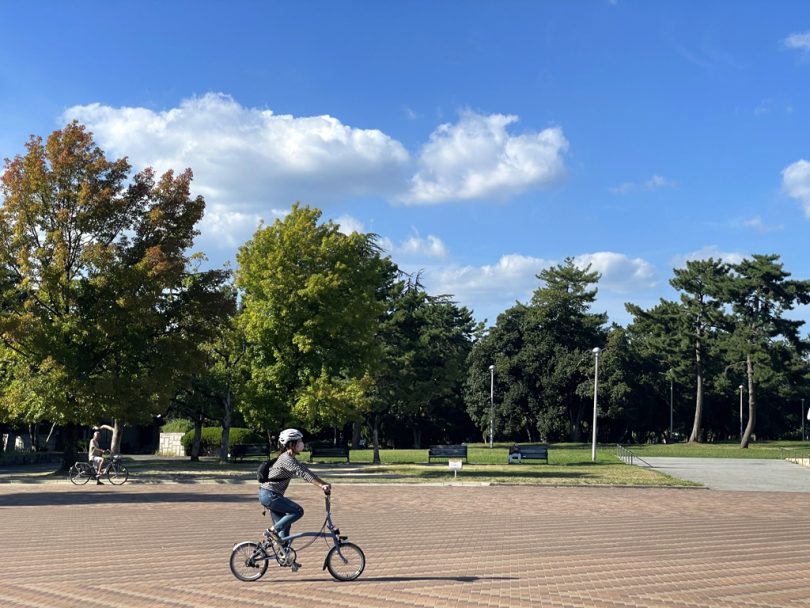
Course Introduction
Distance: 9.7km
Share Cycle Information
▼Hello Cycling “Osaka Airport Bicycle Parking Port
https://www.osaka-airport.co.jp/service/notices/share_cycle
▼Hello Cycling
https://www.hellocycling.jp/
Hattori Foot Festival
On Saturday, October 1, 2022, the first “Hattori Foot Festival” was held at the Hattori Tenjingu Shrine.

The founder of the festival was adventure runner Takao Kitada, who has visited the shrine many times.
When Mr. Kitada, the first Japanese to run the World’s 7 Continents Adventure Marathon, visited the Hattori Tenjingu Shrine, Negi Kato approached him, and the relationship grew stronger, eventually leading to talk of a festival.
The festival efforts were supported by various organizations, such as “J-Air,” which sprinkles water from a handbasin on the “foot” of airplanes for prayer due to the proximity of Itami Airport, “Hankyu Railway,” which sympathizes with the concept of the shrine due to the connection with the “foot” that transports people, and many other companies and people became involved in the event.
On the day of the “Hattori Ashimatsuri,” the festival was blessed with fine weather and attracted a large number of people.
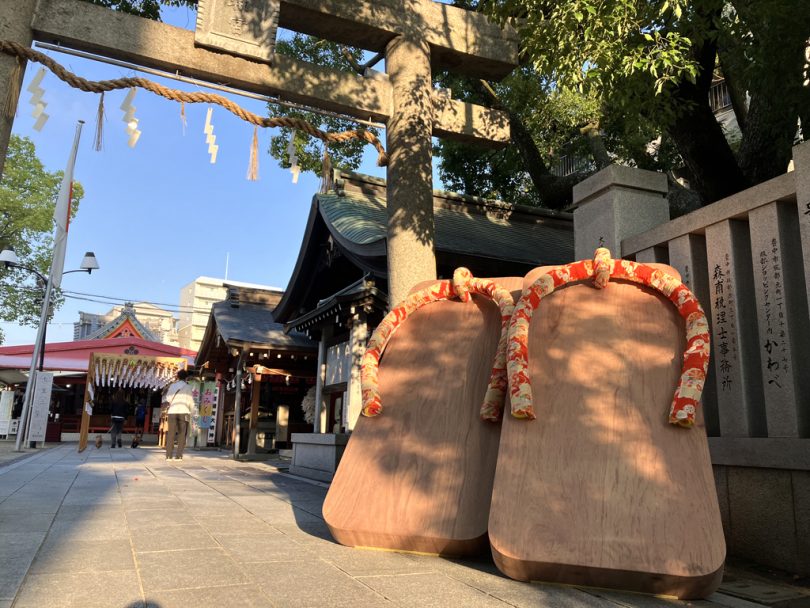

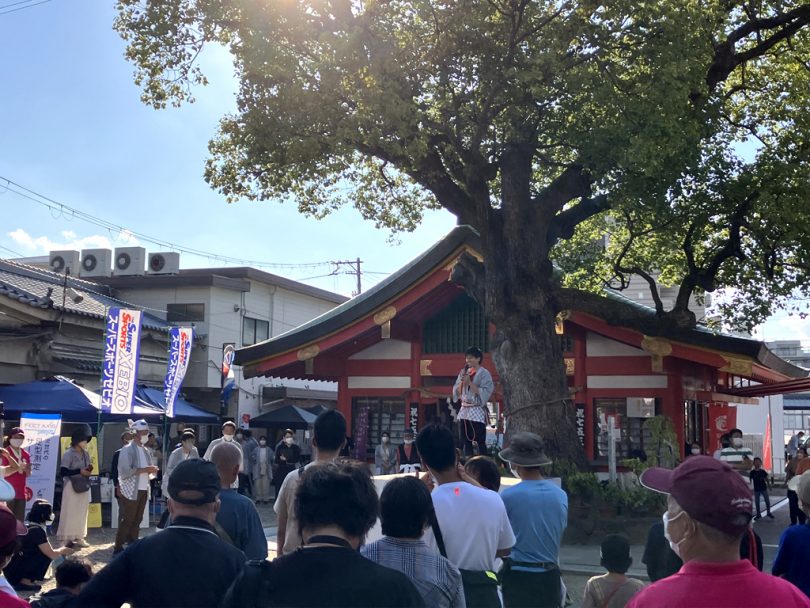
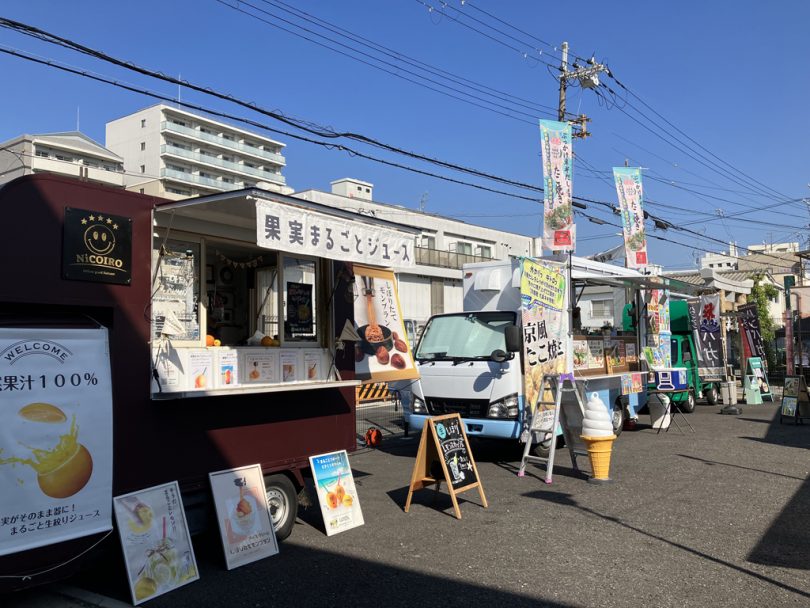
▼Hattori Tenjingu Shrine
https://hattoritenjingu.or.jp/?lang=en
▼Hattori Ashimatsuri Festival
https://www.footfes.com/
Summary
Healthy feet are important. And having fun is important in sports.
We want to be a shrine where people who enjoy cycling can casually stop by to report on the good things that have happened, or to say, “I’m heading for the ride,” and enjoy visiting the shrine,” said Negi Kato.
Hattori Tenjingu Shrine is located less than 8km from Osaka Station and about 5km from Itami Airport. Not only cyclists in the Kansai region, but also from all over Japan and abroad should feel free to drop by and report various things to the “God of Feet” when they come to Osaka.
And please take a look at the history of this traditional shrine.
